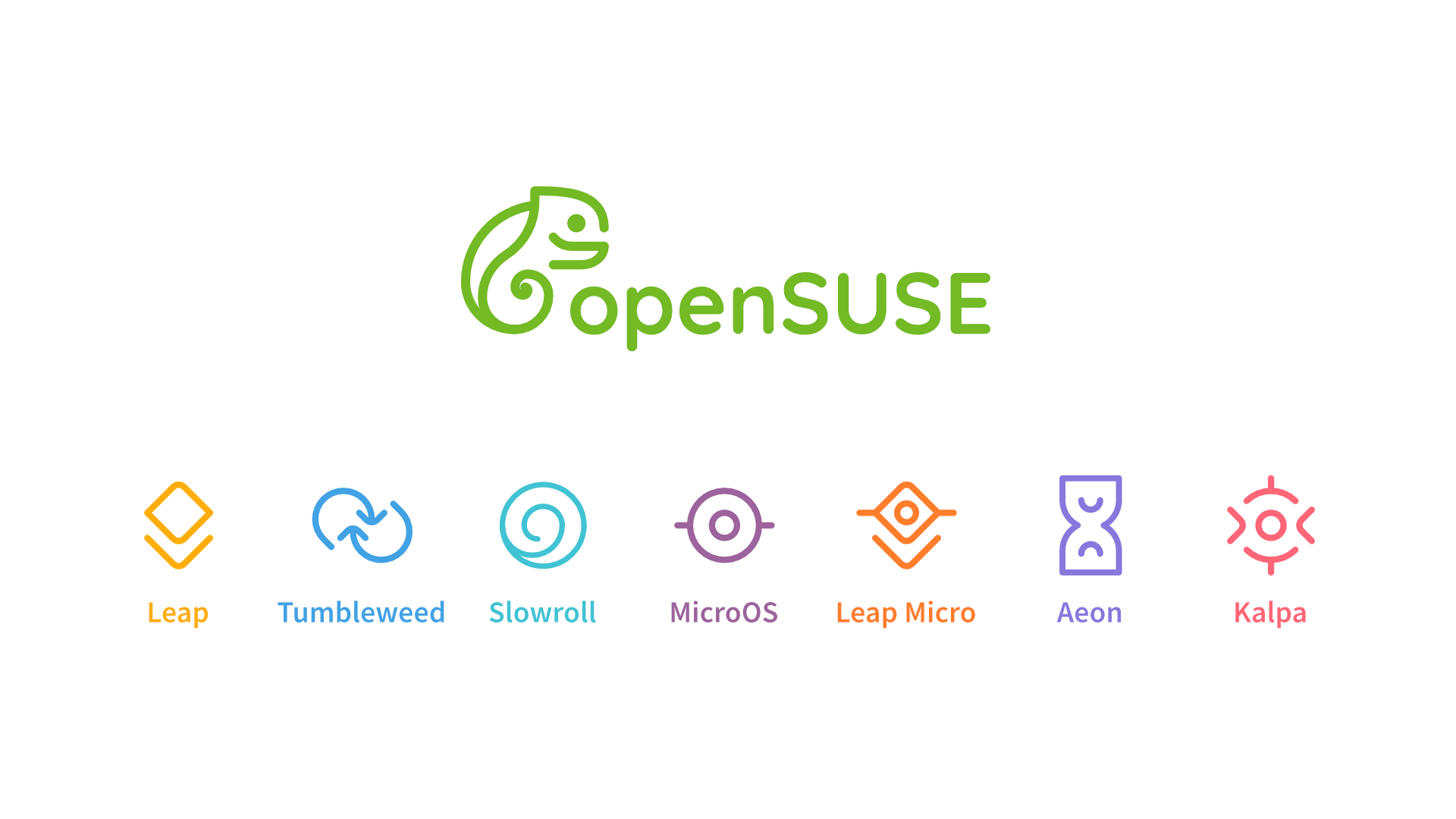

4GB works. My kids use a T410 from 2010 with a SSD and it is a pleasant experience for daily use (browsing, YouTube, small Linux games)


4GB works. My kids use a T410 from 2010 with a SSD and it is a pleasant experience for daily use (browsing, YouTube, small Linux games)


On iOS there is GPX Tracker which simply records a GPX track and can overlay openstreetmap data while doing so.


This @cheezits@lemmy.ca! I run Linux Mint on a T410 with 4 GB of Ram and a 250 GB SSD and the user experience is quite ok for normal day to day usage like playing light games, browsing and HD video streaming.
+1 for Linux Mint for the power user. They will fell familiar and can start their journey from there. The most important concept I would explain would be package managers and flat pack, as in vanilla Windows there is no such thing.
The second one would be regular updates and that you have to do a little maintenance from time to time
Mint would be my recommendation for the noob as well. It is a clean distro and does not require a lot of maintenance except regular updates.
Great answer.


How was your experience? What information did you miss, to make this a smooth transition?


Take a look at „The Linux Experiment“ on YouTube or tidal. He switched his whole setup to Linux and runs a business on top of free software, including editing his screen casts.
Edit: he uses tuxedo computers hardware and the OS it is shipped with, Tuxedo OS, which is Debian based.


I would try the „retina formula“ to see, if the upgrade would benefit me.
Basically apples retina displays are engineered, that either the selected pixel density, pixel size and typical viewing distance, single pixels cannot be seen by the human eye. See https://en.wikipedia.org/wiki/Retina_display?wprov=sfti1#Rationale
If you have a small tv and it is several meters away from you, my guess would be that the difference is not that big.
I am currently reviving an T410 for my kids. I put an 250 GB SSD inside and the newest Linux Mint and play around with it now. I am still on 4 GB Ram, as I didn’t want to spend the 60€ to upgrade to 8 GB, yet.
It runs great. I can watch YouTube, browse the web and rip some of my CDs for my NAS and my Kids Audio Players with that sweet internal DVD drive. My guess is 60% of the people would not need more computing power. And this machine was released in 2010.
The ranking is based on his use case. He does media production and uses tuxedo laptops. My guess is, he just took a different path and never got deeper into Suse.
U-Boot is German for submarine. I was really curious what kind of submarine runs on Linux and what they wanted to test.


Thanks. Looks like a good replacement for Apple Notes and Lists.


Best played with headphones.
Thanks. I’ll look into this.
Have you tried languagetool? There is an integration for Libre Office, Obsidian, MS Word and others. It offers spell checking, rephrasing and is superior to the build in checker in my experience. You could compare it to DeepL versus Azure Translate.
These are two variations from the same artist.
I like this one

It is a friendly recognizable chameleon and they did a good job with integrating the existing abstract logos.
From the Solo designs I loved the ones with the branch with different endings a lot. It had a warm touch to it, but was a little to filigrane for a logo.
I have limited my usecases for selfhosting and thrown money at the problem. The usecases are:
The last one is expendable. The first three are backed up into the cloud. I use a Synology, thus throwing money at the problem. Their cloud backup just works.
Edit: use cases I do not self host are a mail server for example. The stress outweighs the 12€/year I pay for the service.